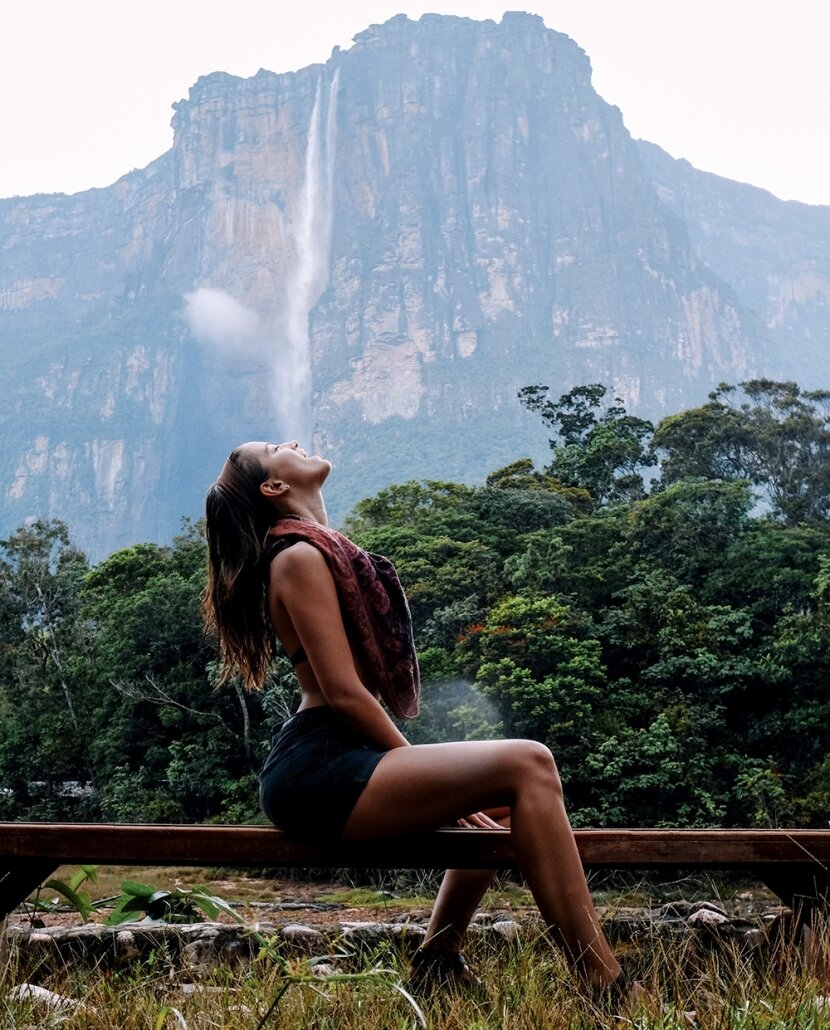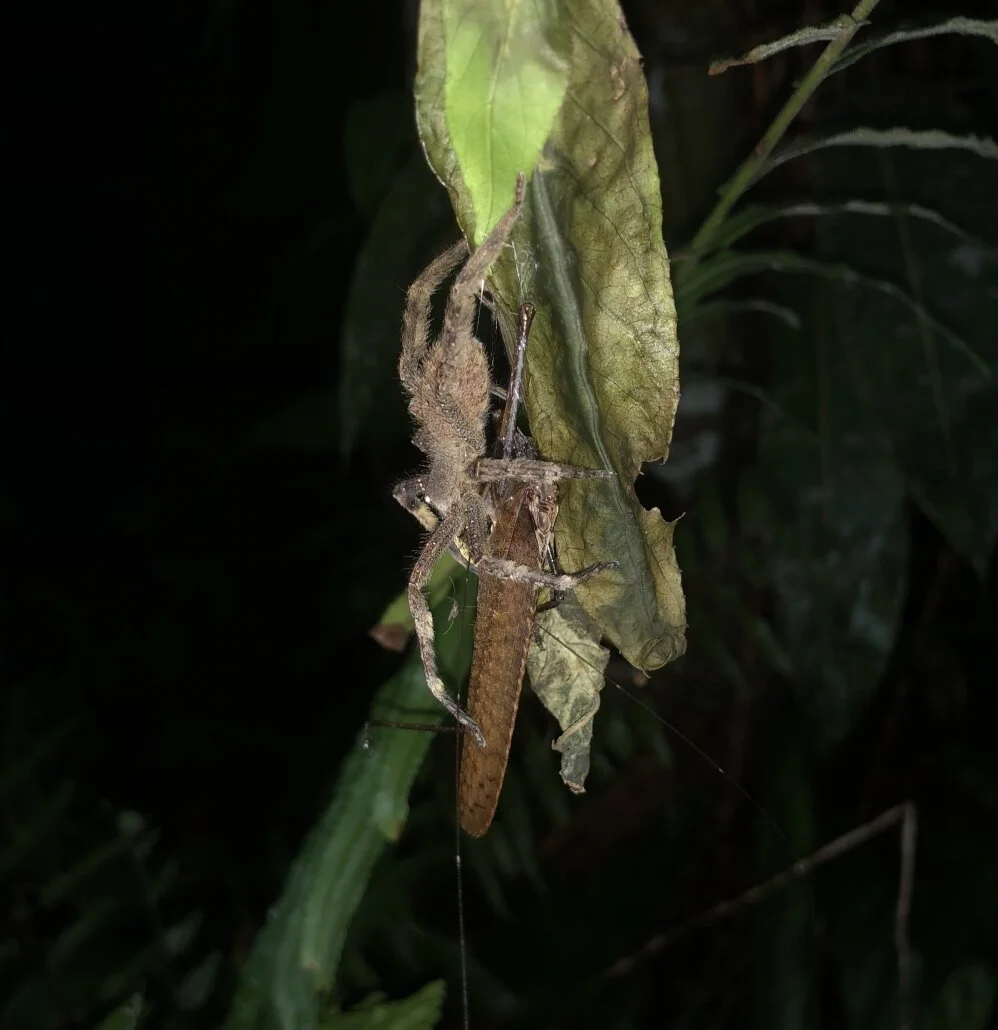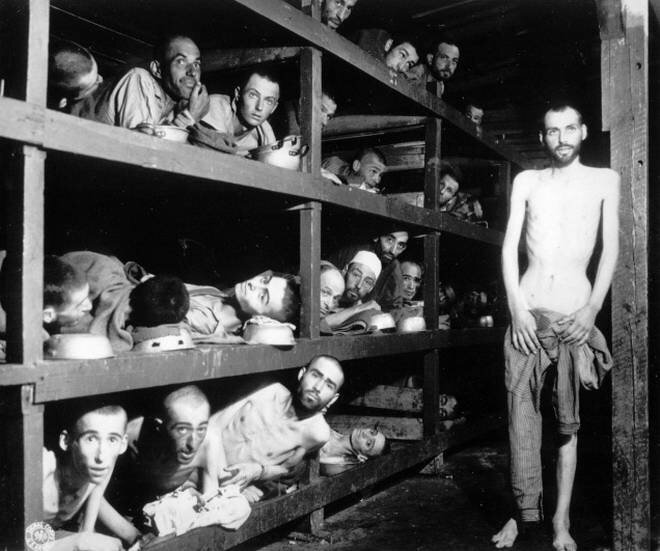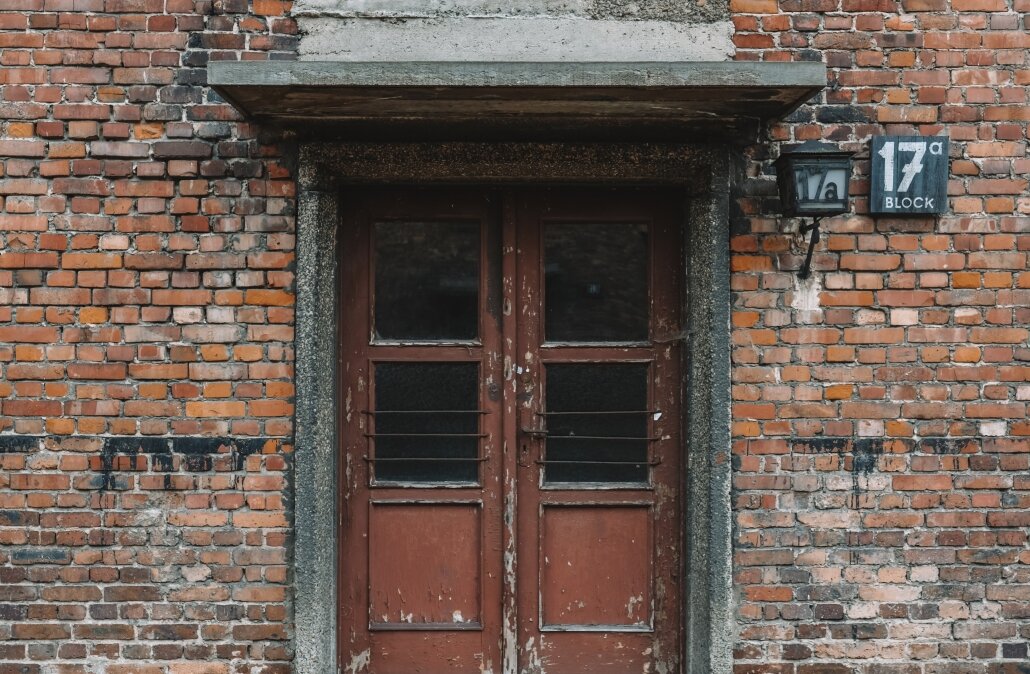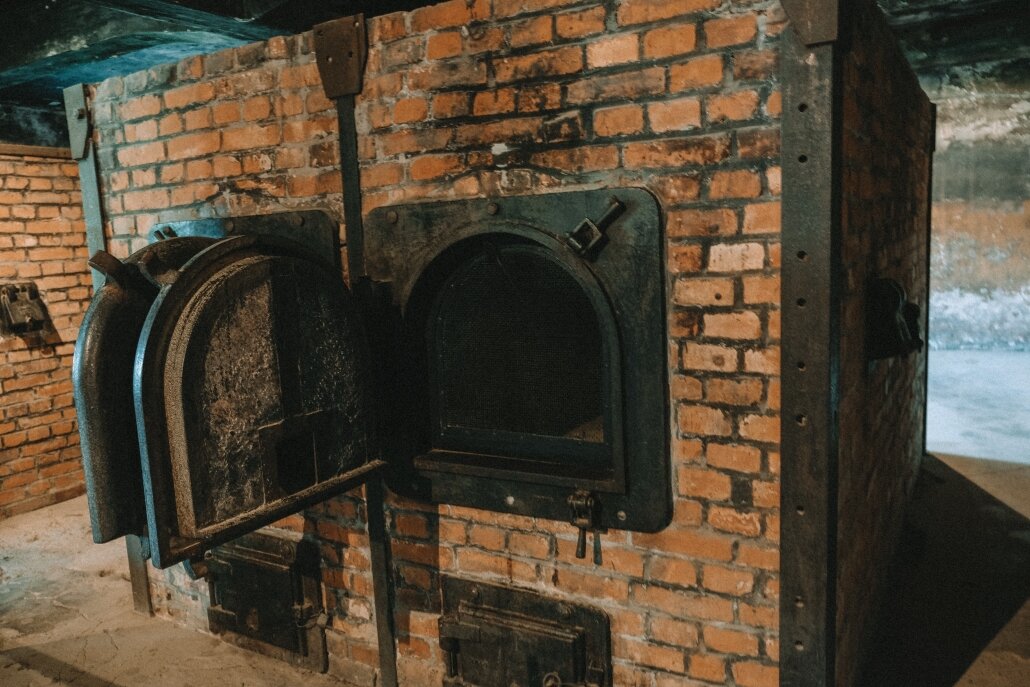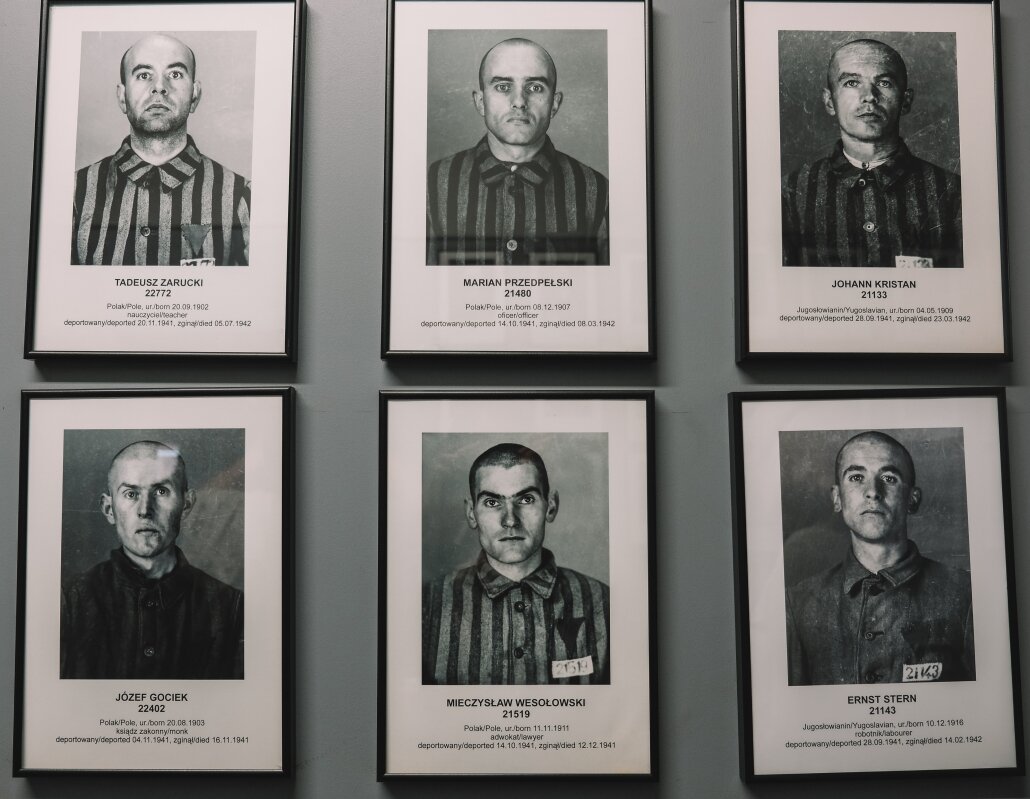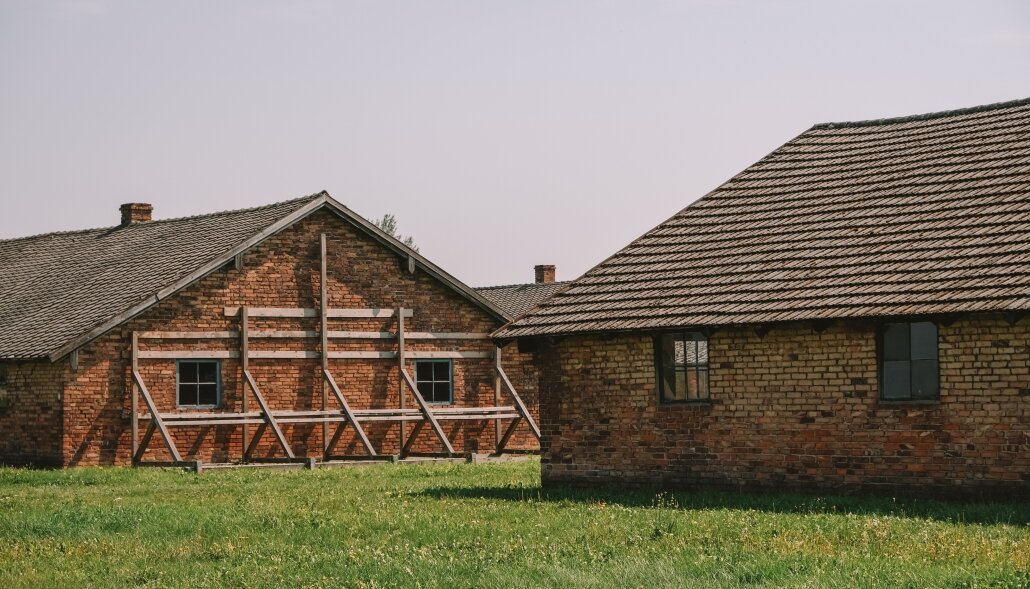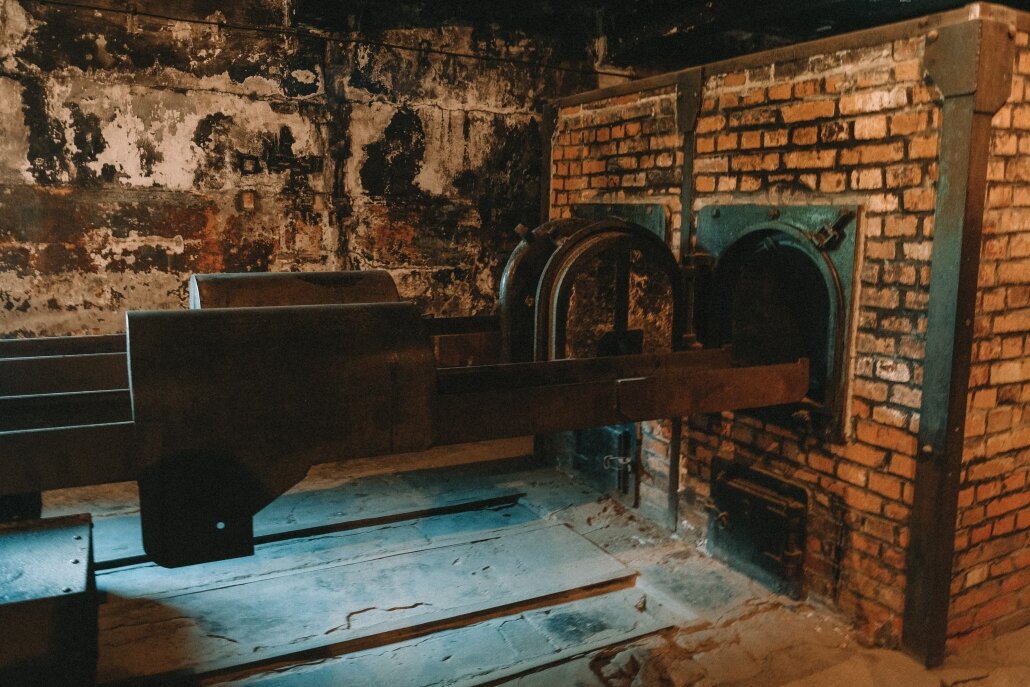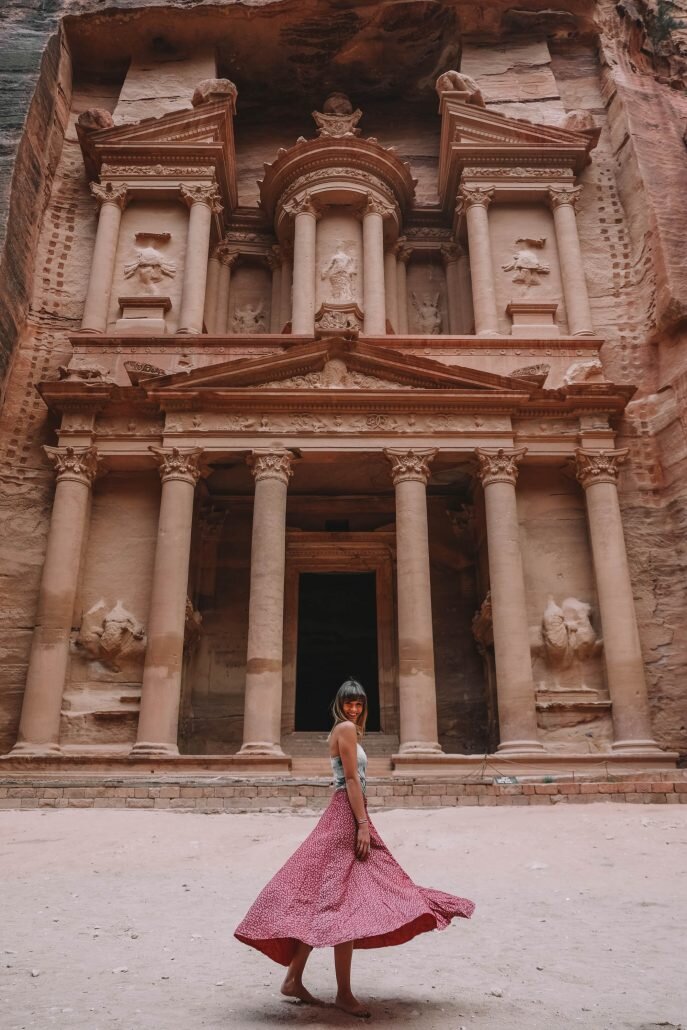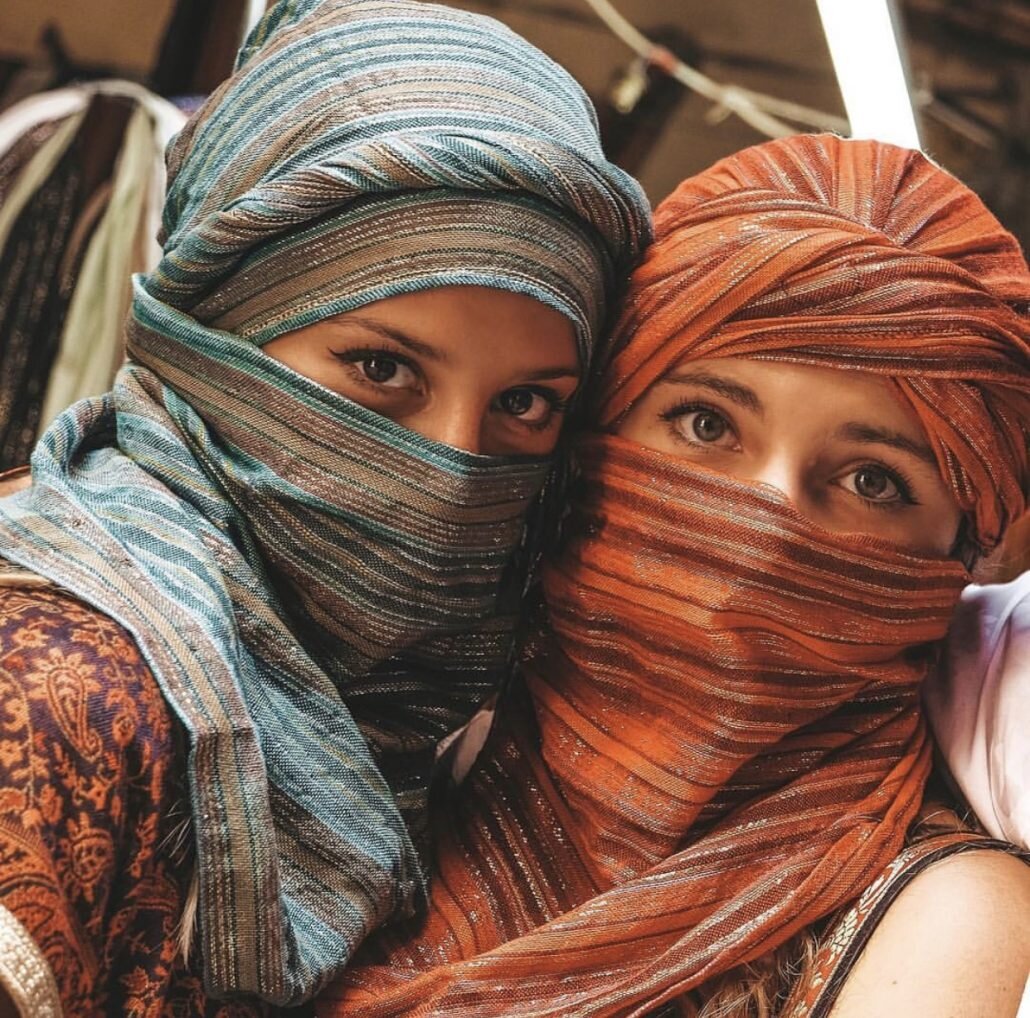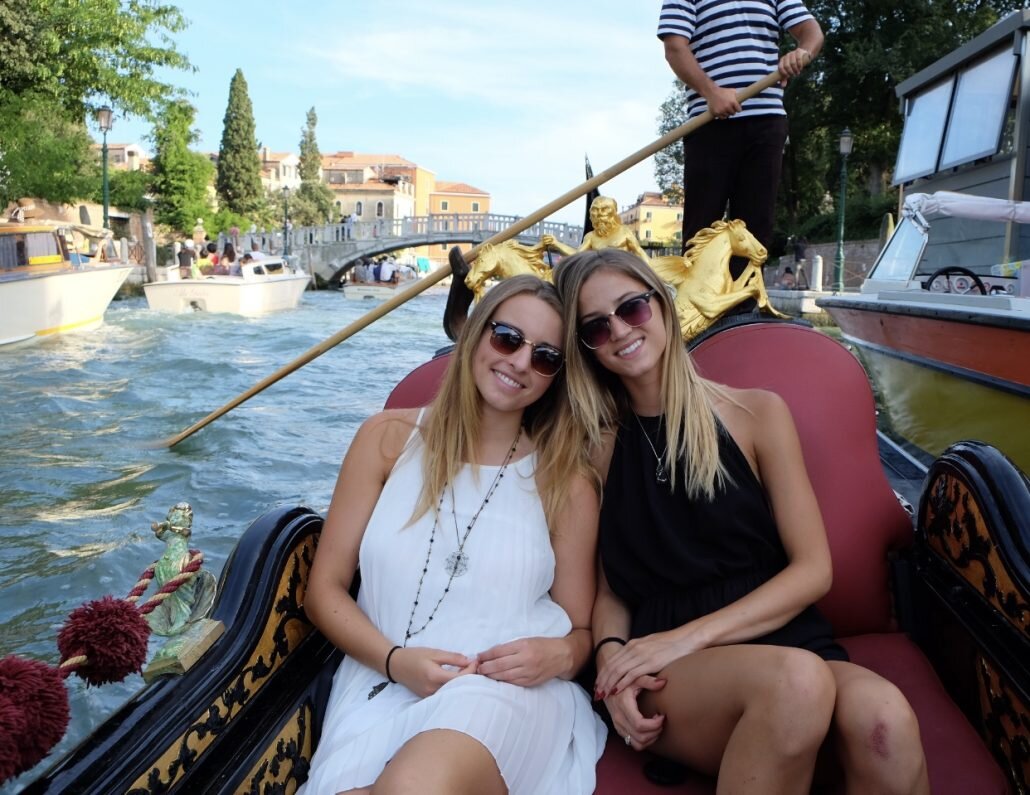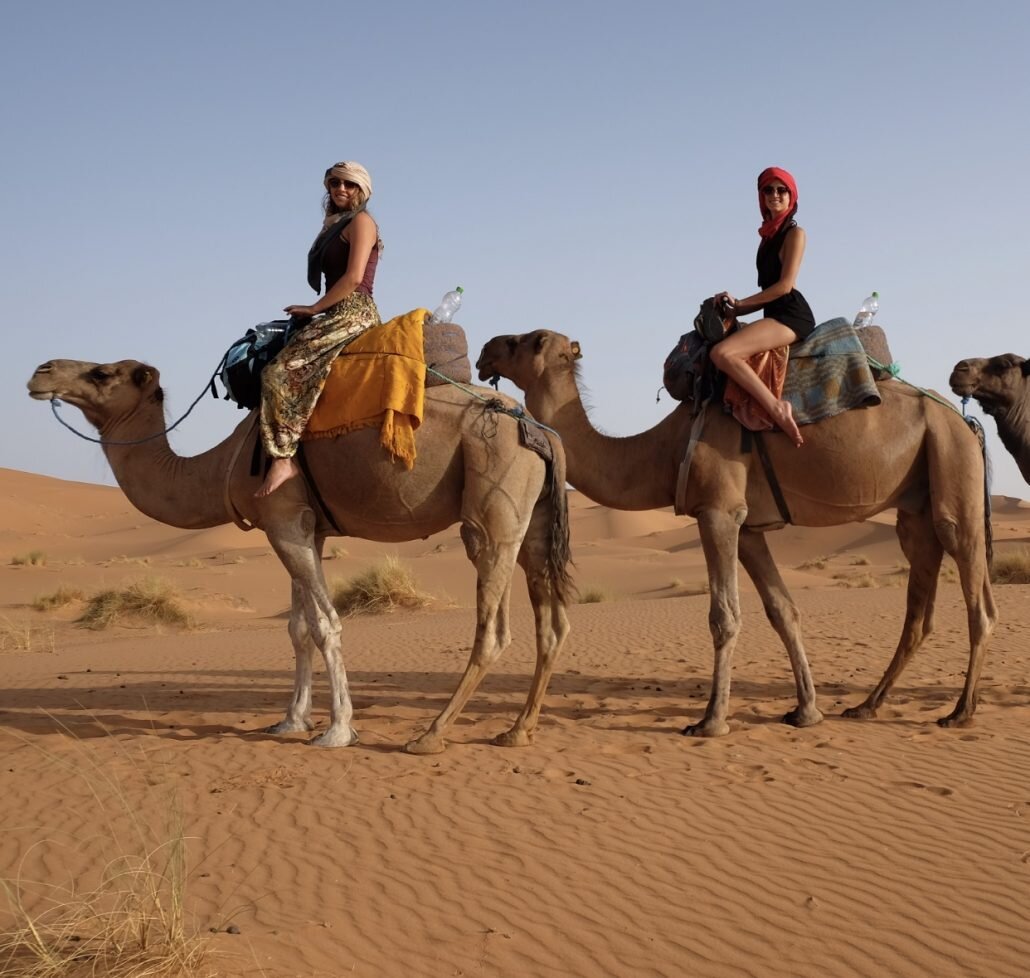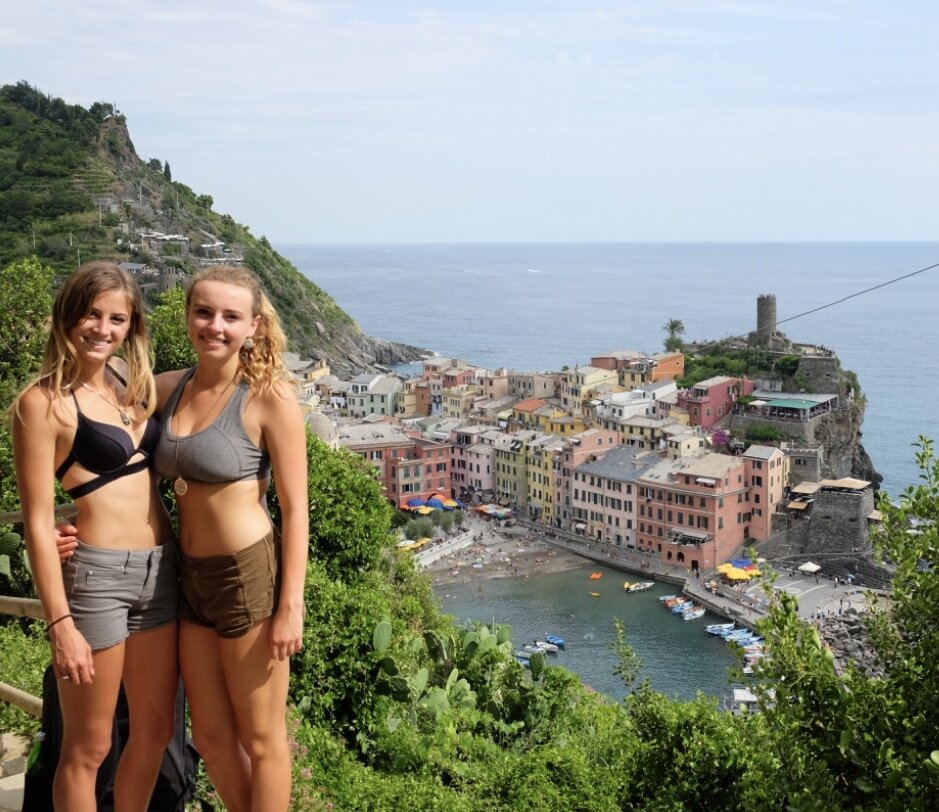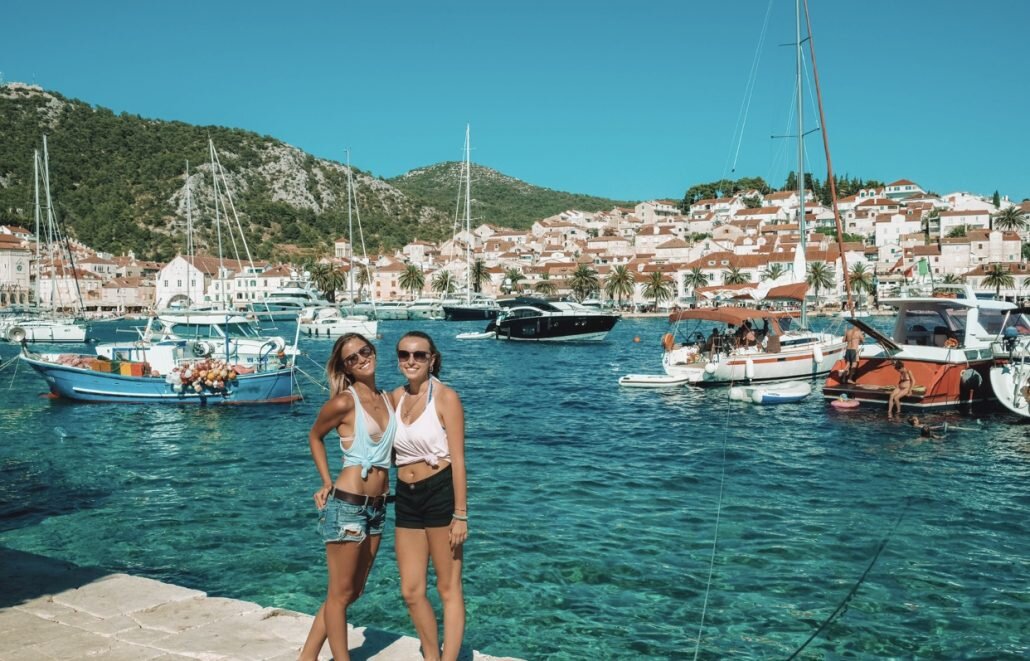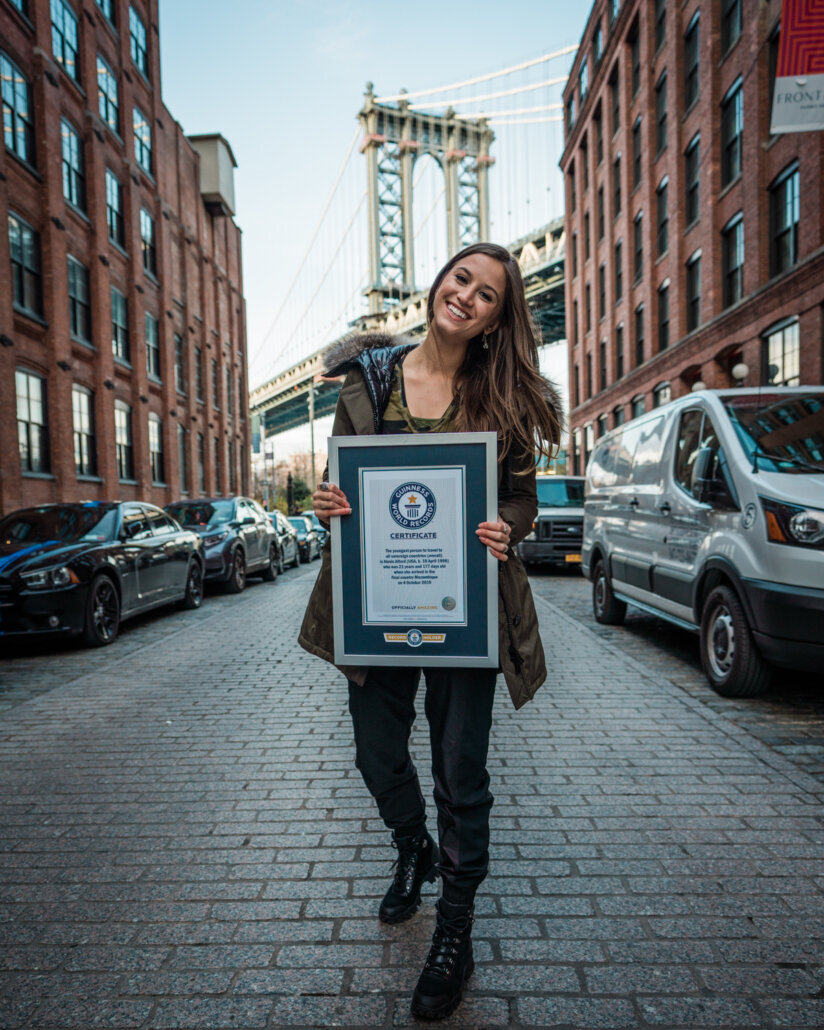Dripping in sweat, hands in the air, feet that are banging on the stone paved ground beneath you.
You never knew you could dance so hard in your life. It doesn’t even really feel like you are dancing, but rather that you are simply doing your part to move the true dancer… the body that has formed out of the million people lining these Salvadoran streets.
With each beat of the passing concert car (trio) the whole crowd moves in unison jumping up and down shaking their hips and waving their arms to the night sky above.
In a crowd this large it’s as easy to lose yourself as it is to lose your companions. The mass of dancing bodies acts as a raging river with currents that can sweep you up and away from your intended destination.
The best strategy for attending carnival is to make sure that your group has a meeting point in case anyone becomes separated. In Salvador it’s relatively easy to find a fixed location as a return destination because the parade only follows one street that winds along the coast. Secondly, only bring a small amount of cash and a cell phone in a small fanny pack that you wear under your clothes.
Even if you have a pack that is snug tight against your body, but not under your attire, your items are likely to get stolen. The reason for this is that when you are surrounded by people that are bumping into you from every side, your body naturally becomes desensitized to what it feels like if someone is reaching into your pocket or fanny pack.
A common practice for pick pockets all over the world is to bump into your upper arm and as you are distracted by the feeling on your upper body, they reach around into your back pocket.
Keep this in mind. This is not to say that the Salvadoran carnival is composed of a particularly malicious crowd, but in any massive, chaotic, and overly stimulating mass of people it is 100% essential to keep your belongings pressed right against your skin.
A good rule of thumb is that if your belongings are hard for you to access, they’ll be 10x harder for someone else to get to.
Furthermore, because the music comes from concerts that play on wheels, when a truck passes by the music is so loud it may feel dangerous for your ears. Many people find earplugs to be one of the most valuable assets to possess as the massive semi trucks blast the voices of the live performers to the crowd below.
Important travel tip: Don’t forget about your medical insurance!
I always make sure that I’m covered by medical insurance when I’m traveling, especially when I’m going on a trip as crazy as Carnival in Brazil. Most importantly, it provides peace of mind. You never know what might happen and it’s comforting to know that you won’t be hit with unexpected costs abroad.
I highly recommend SafetyWing Insurance because it was created by digital nomads who understand the needs of adventurous travelers.
They have such reasonable rates, particularly for people who travel for an extended period of time.
Coverage starts from $37 for 4 weeks or just $1.32 per day! There is no cap on the duration of the trip and no need to pay for all of your insurance up front.
You can also specify specific dates and get a quote for your full trip. It also covers ALMOST every travel destination so when you want to head to Brazil for a crazy week in Carnival, you’ll be covered if you run into any unexpected illnesses or injuries.'
When it comes to the Salvador carnival, any type of outfit is welcomed.
Locals treat this occasion as a time to dress in the most ludicrous, elegant, dazzling, and hilarious outfits they can create. Tourists who dress in outrageous outfits as well are often applauded and welcomed.
The most important piece of clothing however is closed toed shoes. In a crowd this large and compact your feet will get stepped on, so it’s important to protect yourself.
Another particularly challenging aspect of carnival is the use of public restrooms. Though there are many they are located at the beginning, middle and end of the street.
Unless you are willing to maneuver through a crowd of half a million people in order to reach the portable toilets, I would recommend not drinking alcohol (as this tends to make you have to pee more) and to SLIGHTLY limit your water intake.
Because the Brazilian summer is so hot and humid, especially in a dancing crowd of this magnitude, it is important to stay hydrated. Just try and be in tune with your body to find the perfect medium of being hydrated but without having too full of a bladder.
As with every giant celebration, you will encounter the full spectrum of people’s personalities. Some will excitedly welcome you dance with them and be thrilled when you ask to take photos with them in their extravagant costumes.
On the other hand, some may be tense or even looking for a confrontation, so as you maneuver through the city’s streets it is imperative to be aware of how your presence is affecting those around you.
The threat of someone arriving to carnival with malicious intent from the get go seems relatively rare, but there are squads of police there that are there for your and everyone else’s protection.
Remember carnival is a celebration. People are there to enjoy themselves and party harder than they have all year. It always begins the week before Ash Wednesday and before lent; the Christian fast that precedes Easter.
People all over the country are gifting themselves the freedom to bask in their greatest pleasures. In Salvador, Carnaval is a parade filled with joy and passion. The passion felt on the dance floor is only rivaled by the embraces of lovers.
Carnival truly is the time for the soul to celebrate its human form. To dance, to love, to sing, to rage, to kiss and to feel. In smaller communities outside of Brazil’s larger cities, carnival is less about partying and more about celebrating community and cultural heritage.
Children dressed in white are held by their mothers as people of all ages sing and dance their way through the town’s festively decorated streets. White flowers and red roses elegantly complement the traditional white dress of the black Bahian women.
Everyone is smiling. Everyone is dancing.
And everyone is proudly welcoming you to share in the rich culture that they call home.





















